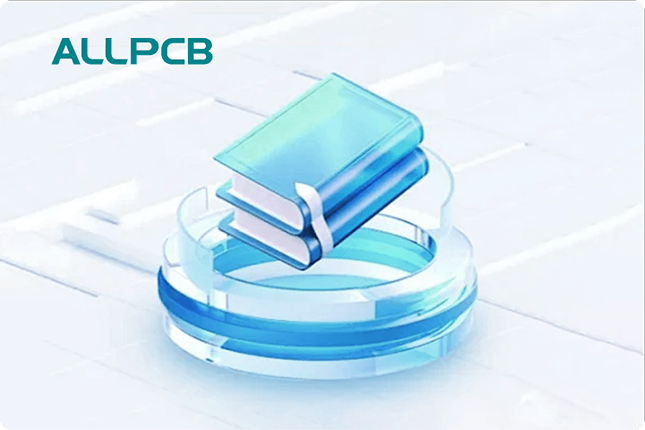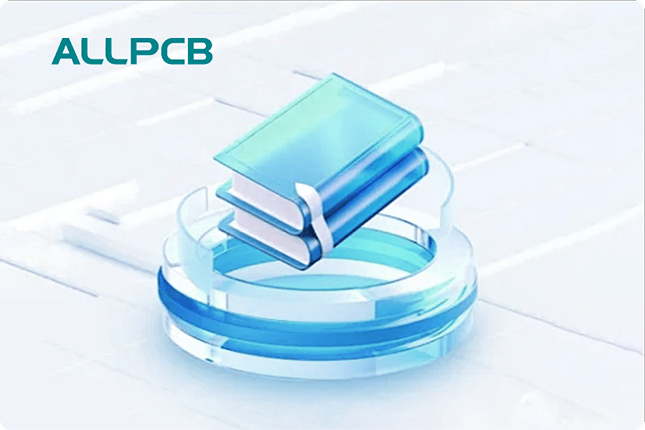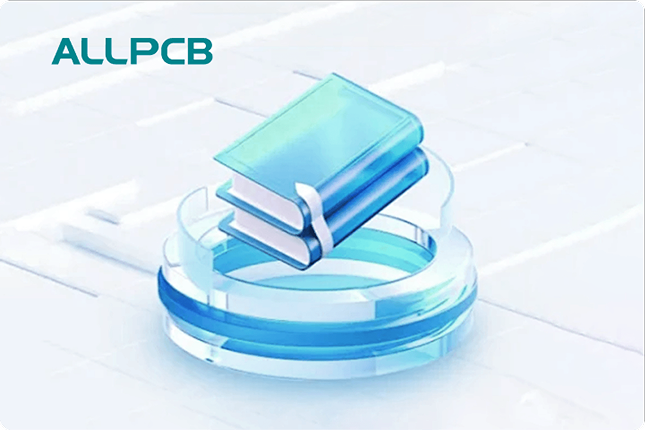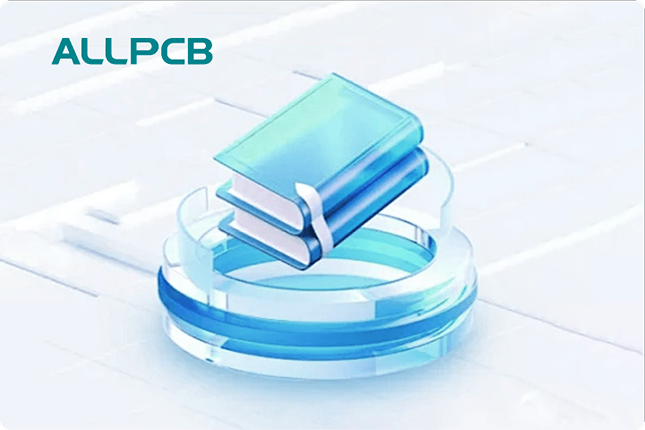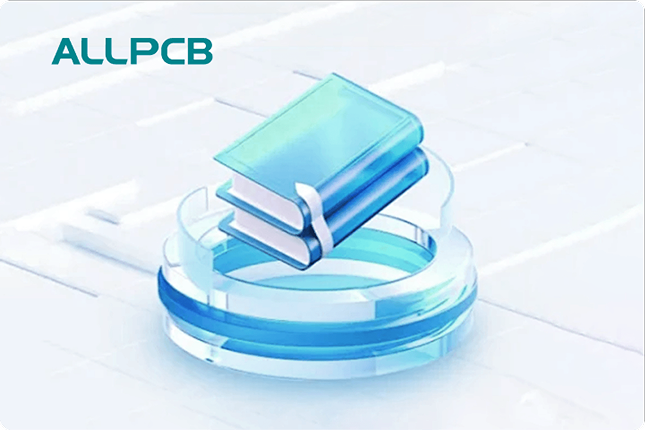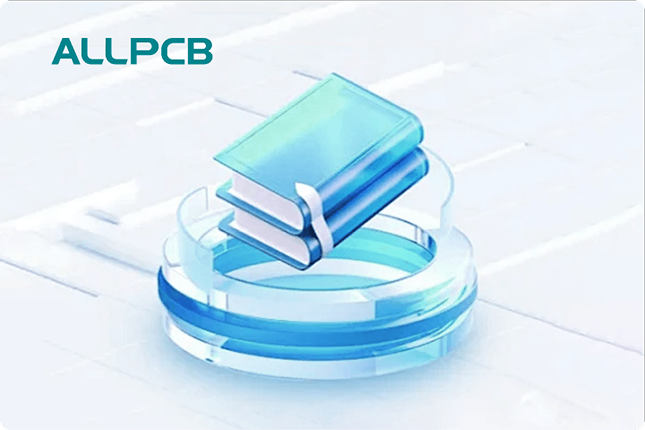In the fast-paced world of electronics, scaling from prototype to high-volume PCB manufacturing is a critical step. One of the key technologies driving this transition is laser drilling, especially for creating microvias in modern circuit boards. If you're wondering how to achieve laser drilling scaling for high-volume PCB manufacturing, optimize microvia production, and improve optimizing laser drilling output, you're in the right place. This blog dives deep into the process, offering practical insights and strategies to help engineers and manufacturers make the leap from small-scale prototyping to large-scale production with precision and efficiency.
At ALLPCB, we understand the challenges of scaling production while maintaining quality. In this comprehensive guide, we'll walk you through the essentials of laser drilling, the steps to scale it for high-volume needs, and tips to maximize output without compromising on performance. Let’s get started!
What Is Laser Drilling and Why Does It Matter in PCB Manufacturing?
Laser drilling is a non-contact process used to create tiny holes, known as vias or microvias, in printed circuit boards (PCBs). Unlike traditional mechanical drilling, which uses physical bits and can struggle with holes smaller than 0.15 mm, laser drilling uses focused beams of light to ablate material with extreme precision. This technology is essential for modern PCBs, especially in high-density interconnect (HDI) designs, where space is limited, and components are packed tightly.
In high-volume PCB manufacturing, laser drilling is a game-changer. It allows for the creation of microvias—holes typically ranging from 0.1 mm to 0.05 mm in diameter—that connect multiple layers of a board. These microvias enable smaller, lighter, and more powerful devices, meeting the demands of industries like consumer electronics, automotive, and telecommunications.
The Challenges of Scaling Laser Drilling for High-Volume Production
While laser drilling is highly effective for prototypes and small batches, scaling it for high-volume PCB manufacturing presents unique challenges. Understanding these hurdles is the first step to overcoming them and achieving efficient laser drilling scaling.
1. Equipment and Throughput Limitations
Laser drilling systems used in prototyping are often designed for precision over speed. A single machine might take several hours to process a small batch of boards, which is unacceptable in high-volume scenarios where thousands of boards need to be produced daily. For instance, a typical CO2 laser system might drill at a rate of 100 holes per second, but for a board with 10,000 microvias, this translates to significant processing time per board.
2. Material Variability
In high-volume production, PCBs may be made from a range of materials, including FR-4, polyimide, or high-frequency laminates. Each material interacts differently with laser energy, affecting drilling speed and quality. For example, glass-reinforced materials like FR-4 can cause uneven ablation, leading to inconsistent hole shapes if parameters aren't adjusted properly.
3. Cost Management
Laser drilling equipment is expensive, and scaling often requires multiple machines or advanced systems with higher upfront costs. Balancing these costs with production efficiency is crucial to maintaining profitability in high-volume PCB manufacturing.
4. Quality Control at Scale
Maintaining consistent hole quality across thousands of boards is a significant challenge. Issues like taper (where holes are wider at the top than the bottom) or debris buildup can affect signal integrity, especially in HDI designs where microvias carry high-speed signals at frequencies above 5 GHz.
Strategies for Scaling Laser Drilling in High-Volume PCB Manufacturing
To tackle these challenges and achieve successful laser drilling scaling, manufacturers must adopt a strategic approach. Below are proven methods to transition from prototype to production while ensuring efficiency and quality in microvia production.
1. Invest in High-Speed Laser Systems
For high-volume needs, upgrading to advanced laser systems with higher pulse rates and automation is essential. Modern ultraviolet (UV) lasers, for instance, can achieve drilling speeds of up to 500 holes per second, significantly reducing cycle times. Additionally, systems with multiple laser heads can process several boards simultaneously, boosting throughput for high-volume PCB manufacturing.
2. Optimize Laser Parameters for Different Materials
Each PCB material requires specific laser settings, such as wavelength, pulse duration, and energy density, to ensure clean and precise drilling. For example, a UV laser with a wavelength of 355 nm is ideal for drilling through copper and dielectric layers in FR-4 boards, while a CO2 laser at 10.6 μm works better for thicker materials. Testing and calibrating these parameters during the prototyping phase can save time and reduce errors in production.
3. Implement Automation and Robotics
Automation is key to optimizing laser drilling output. Automated loading and unloading systems can minimize downtime between batches, while robotic arms can position boards with pinpoint accuracy, reducing setup errors. This is especially important in high-volume environments where every second counts.
4. Use Advanced Software for Process Control
Software solutions that monitor and adjust laser drilling in real-time can dramatically improve consistency. These tools can detect issues like material inconsistencies or equipment drift and automatically tweak settings to maintain quality. For instance, vision systems integrated with laser machines can inspect microvia dimensions down to 0.001 mm accuracy, ensuring compliance with design specs.
5. Scale with Modular Equipment
Instead of replacing entire systems, consider modular laser drilling setups that allow you to add capacity as needed. This approach reduces initial investment costs while providing flexibility to ramp up production. For example, adding extra laser heads or upgrading to faster pulse repetition rates (up to 400 kHz in some systems) can meet growing demand without overhauling infrastructure.
Enhancing Microvia Production for HDI Designs
Microvia production is at the heart of HDI PCB manufacturing, and scaling laser drilling must focus on optimizing these tiny connections. Microvias not only save space but also improve signal integrity by reducing parasitic inductance, often to values below 0.1 nH, which is critical for high-speed applications operating at 10 Gbps or more.
1. Focus on Stacked and Staggered Microvias
In high-volume HDI production, stacked and staggered microvias are often used to connect multiple layers. Laser drilling enables the creation of these complex structures with diameters as small as 0.05 mm and aspect ratios (depth-to-diameter) of up to 1:1. Proper alignment and drilling precision are vital to avoid signal loss or structural weaknesses.
2. Minimize Thermal Damage
Laser drilling generates heat, which can damage surrounding materials or cause delamination in multi-layer boards. Using ultrashort pulse lasers, such as femtosecond lasers, minimizes thermal impact by limiting heat diffusion. This ensures cleaner holes and better reliability, especially for boards with 12 or more layers.
3. Ensure Consistent Hole Quality
In microvia production, hole quality directly affects electrical performance. Taper should be controlled to less than 10%, and debris must be removed through post-drilling cleaning processes like plasma etching. Regular maintenance of laser optics also prevents beam distortion, ensuring uniform results across thousands of boards.
Optimizing Laser Drilling Output for Maximum Efficiency
Optimizing laser drilling output is not just about speed; it’s about balancing throughput, quality, and cost. Here are actionable tips to get the most out of your laser drilling process in a high-volume setting.
1. Batch Processing and Workflow Design
Organize production into batches to minimize machine setup time. For instance, grouping boards with similar material and microvia requirements can reduce the need for frequent recalibration. Streamlined workflows also help in maintaining a steady production rate, targeting outputs of over 1,000 boards per day in large-scale operations.
2. Regular Equipment Maintenance
Laser systems require consistent upkeep to perform at peak efficiency. Dirty lenses or misaligned beams can slow down drilling or compromise hole quality. Scheduling preventive maintenance every 500 hours of operation can prevent unexpected downtime and extend equipment lifespan.
3. Train Staff for Scalability
Skilled operators are essential for optimizing laser drilling output. Training staff to handle advanced systems, troubleshoot issues, and interpret real-time data ensures smooth scaling. A well-trained team can reduce error rates by up to 30%, directly impacting production efficiency.
4. Monitor Key Performance Indicators (KPIs)
Track metrics like drilling speed, defect rate, and machine uptime to identify bottlenecks. For example, if the defect rate for microvias exceeds 0.5%, it may indicate a need for recalibration or material adjustments. Continuous monitoring helps in fine-tuning the process for maximum output.
Future Trends in Laser Drilling for PCB Manufacturing
As technology evolves, so does the landscape of laser drilling. Staying ahead of these trends can give manufacturers a competitive edge in high-volume PCB manufacturing.
1. Adoption of Green and Femtosecond Lasers
Green lasers, operating at wavelengths around 532 nm, and femtosecond lasers with ultra-short pulses are gaining traction for their precision and minimal thermal impact. These technologies are expected to become standard for microvia production as demand for smaller, high-performance devices grows.
2. Integration with AI and IoT
Artificial intelligence (AI) and the Internet of Things (IoT) are transforming manufacturing. AI can predict maintenance needs or optimize drilling parameters in real-time, while IoT enables remote monitoring of multiple production lines, enhancing scalability.
3. Focus on Sustainability
Energy-efficient laser systems and waste reduction techniques are becoming priorities. Manufacturers are exploring ways to recycle ablated materials and reduce power consumption during drilling, aligning with global sustainability goals.
Conclusion: Scaling with Confidence
Scaling laser drilling from prototype to high-volume PCB manufacturing is a complex but achievable goal. By investing in the right equipment, optimizing processes for microvia production, and focusing on efficiency through optimizing laser drilling output, manufacturers can meet the demands of modern electronics with precision and speed. At ALLPCB, we’re committed to supporting your journey with cutting-edge solutions and expertise in laser drilling scaling.
Whether you're designing HDI boards for smartphones or complex multi-layer PCBs for automotive systems, mastering laser drilling is the key to staying competitive. With the strategies and insights shared in this guide, you’re well-equipped to take your production to the next level.
 ALLPCB
ALLPCB


